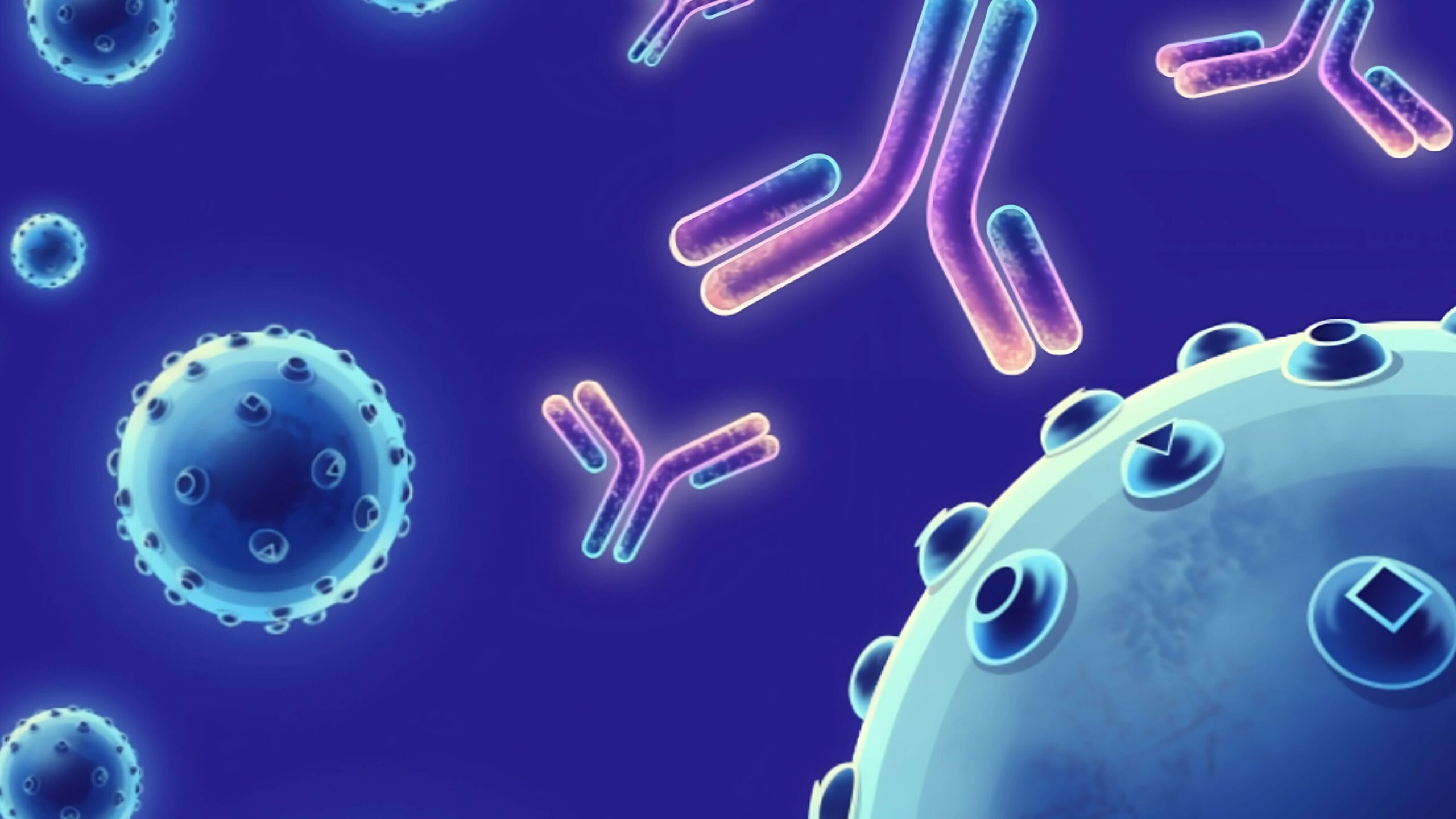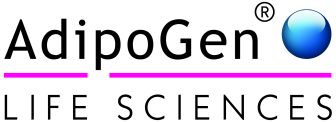Description
anti-APRIL (mouse), mAb (rec.) (Blocking) (Apry-1-1) (Fc LAEA-PG) (preservative free) is composed of human variable regions (VH and VL) (lambda-chain) of immunoglobulin fused to the mouse lgG2b Fc domain containing mutations LAEA-PG that inhibit binding to Fc-gammaRs and C1q while FcRn binding and Fc stability remain unaffected. Anti-APRIL (mouse) Monoclonal Antibody (recombinant) (Blocking) (APRY-1-1) is an antibody developed by antibody phage display technology using a human naive antibody gene library. These libraries consist of scFv (single chain fragment variable) composed of VH (variable domain of the human immunoglobulin heavy chain) and VL (variable domain of the human immunoglobulin light chain) connected by a polypeptide linker. The antibody fragments are displayed on the surface of filamentous bacteriophage (M13). This scFv was selected by affinity selection on antigen in a process termed panning. Multiple rounds of panning are performed to enrich for antigen-specific scFv-phage. Monoclonal antibodies are subsequently identified by screening after each round of selection. The selected monoclonal scFv is cloned into an appropriate vector containing a Fc portion of interest and then produced in mammalian cells to generate an IgG like scFv-Fc fusion protein. Recognizes mouse APRIL. Does not recognize mouse BAFF. Species cross-reactivity: Mouse. Clone: Apry-1-1. Isotype: Mouse IgG2blambda. Applications: ELISA, FUNC (Blocking), IP. Host: Purified from HEK 293 cell culture supernatant. Liquid. In PBS. APRIL is a cytokine that belongs to the TNF superfamily and binds to TACI and BCMA. It is implicated in the regulation of tumor cell growth and is involved in monocyte/macrophage-mediated immunological processes.
Target
APRIL
Target Alias Names
A Proliferation Inducing Ligand, TNFSF13, CD256, TALL-2
Isotype/Mimetic
Mouse IgG2blambda
Animal-Derived Biomaterials Used
None
Sequence Available
Yes
Original Discovery Method
Human-derived phage display
Original Discovery Information Provided On Datasheet
Yes
Antibody/Binder Origins
Animal-free discovery, In vitro recombinant expression

